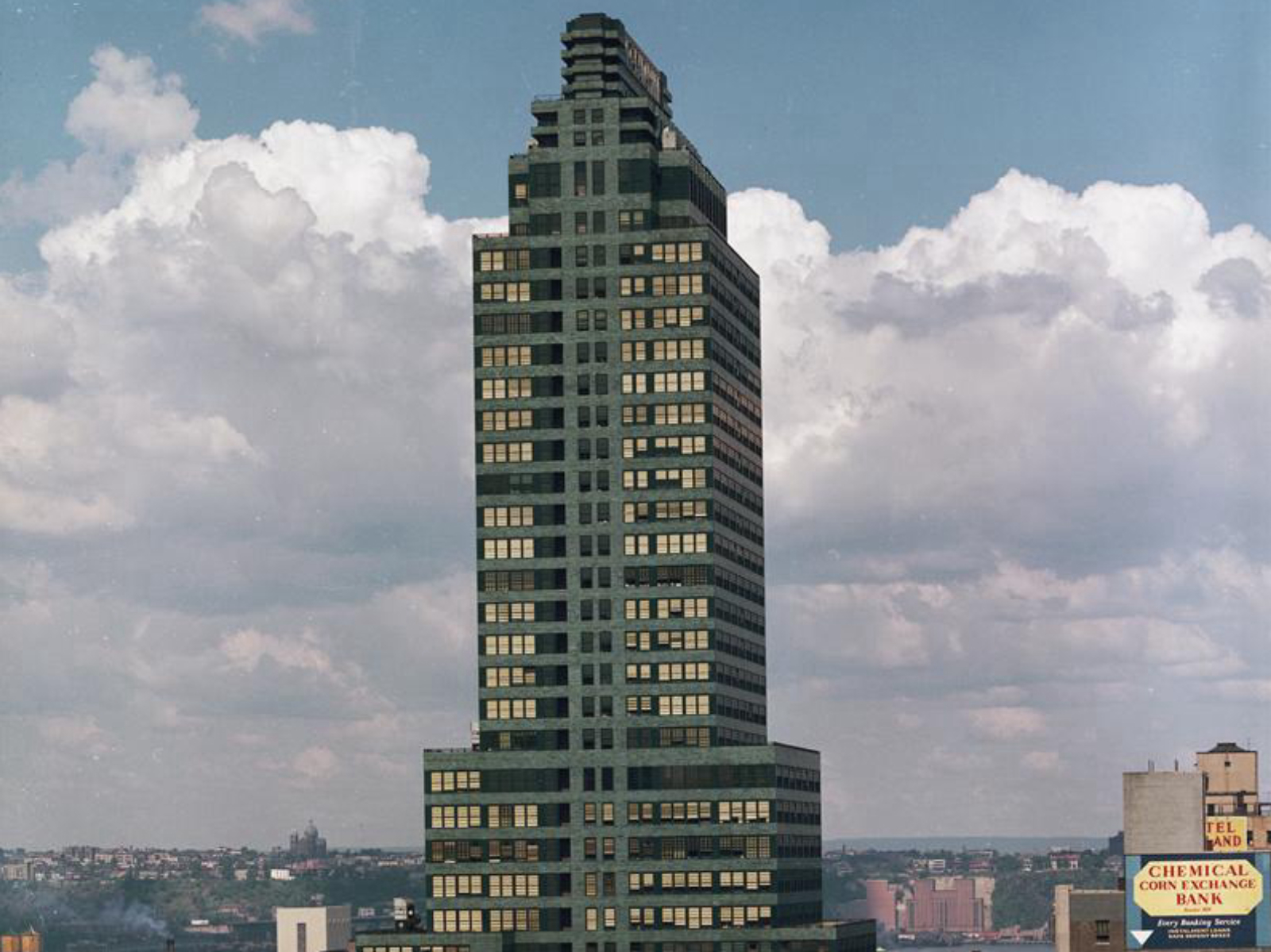Description
Art Deco is first of all a style of ornament. This ornament is predominantly rectilinear, with geometrical curves playing a secondary role. The commonest motifs of all are fluting and reeding, often flanking doors or windows or forming horizontal bands above them. Chevrons or zigzags and various frets are much employed. Such ornament is normally in very low relief with a flat front plane. Another type, of greater saliency, consists of square or oblong blocks and other rectangular projections composed symmetrically around entrances or forming repeating patterns across the upper stories. In frame buildings the piers are normally devoid of ornament, except sometimes at the top, while the spandrels show one or other of the customary types or, at the very least, are faced with a different material, probably contrasting in color or texture with the cladding of the piers. Polychromatic effects are achieved by a variety of means, ranging from the use of faïence for surfacing walls to the application of gold leaf. Verticality is emphasized in most Art Deco buildings. In skyscrapers, setbacks are universal features as a result of the zoning regulations in force by the middle 1920's in all major American cities, the building as a whole often having somewhat the appearance of having been chopped out of a single tall block of material; this effect is increased by the treatment of the piers, which as a rule are neither stopped under a cornice nor crowned with pinnacles.
Whiffen, Marcus. American architecture since 1780: a guide to the styles. N.p.: The MIT Press, 1969. Print.
